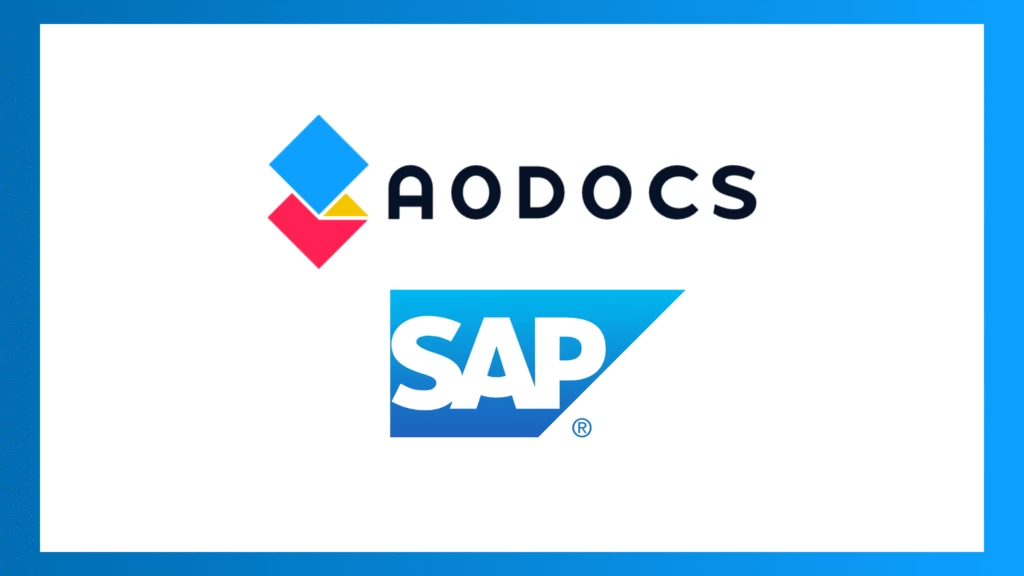When organizations start talking about Quality Management Systems (QMS) and then the conversation moves into Safety Management Systems (SMS), many will do a double-take and wonder “Hey… Wait a minute, aren’t these the same thing?”
While there are some commonalities, the QMS and the SMS have very different objectives:
- QMS = Focused on delivering quality to satisfy the customer
- SMS = Is primarily focused on safety
Generally speaking, organizations are not required to have a QMS, yet many industries like airlines or automotive companies are required to have an SMS. Here’s the rub: If they have an SMS, then the QMS must not conflict with it. But they can work together – a QMS can serve as the foundation for an SMS.
Confused? Steven C. McNeely of Jet Solutions, Inc. helps to explain:
“There seems to be an underlying misunderstanding between a quality management system and a safety management system. You can have a quality product or service, as defined by the ISO standards, and still not have a safe product or service.
“Part of the confusion stems from the adoption of some of the same types of tools and techniques used in quality management, to manage the safety system. Trade association presidents and regulators state that SMS is a businesslike approach to managing safety; and this is correct. However, many people falsely assume this to mean that processes designed to produce a quality product, (repeatedly doing the same thing, without variation) equates to the same thing as repeatedly producing a safe product.
In other words, your processes might produce one identical product after another, but that doesn’t mean that the product itself is inherently safe. Put another way, the quality may be consistent, but if it’s consistently producing an unsafe product, clearly you have a problem.
McNeely sheds more light on the differences between a QMS and an SMS:
“It is how the tools and techniques are used, along with a focus on investigation of events, which makes the quality and safety management systems different. The quality systems do not investigate incidents or accidents for risk assessment. (QMS) audit output of a process only for variance, and makes adjustments. (Safety Management (SMS)) investigates events, looking for contributing factors from all influencing sources.
“One of the purposes of an SMS is to improve the safety performance, and therefore reduce the exposure to risk of having an accident (during production). It is not focused on the safety record per se. Quality systems are focused on continuous improvement also, but through improving the production record rate. This is another source of confusion between the two management system concepts; improving a safety record is not the same as improving safety performance. There are many aviation companies that have extremely good safety records, but are operating with risky behavior or inadequate organizational structures, and have just not had an accident yet. A good safety record, just like a good quality record, does not guarantee safety.”
Steven C. McNeely, Manager, Safety Management Systems, Jet Solutions, L.L.C, published by “Flight Safety Information February 12, 2010 No.034”, Lessons Learned from Toyota – 2010-QMS vs SMS.
A QMS is the Foundation for an SMS
As mentioned earlier, a QMS is the foundation of the Safety Management System(SMS) within an organization. The QMS establishes many of the same processes and procedures that the SMS requires, such as management reviews, analysis of data, corrective actions, and internal audits.
This means that if there is a QMS present, it will need to be enhanced to meet SMS requirements. Since the SMS core is about hazard and risk identification, areas of enhancement would be centered around hazard identification and measuring the effectiveness of the safety risk controls in order to prevent issues.
SMS Core Elements:
- Management Commitment: Management at all levels make safety a core value
- Accountability: Responsible for your decisions and any consequences
- Employee Involvement: Involve all workers in the setup and actions of the program
- Hazard ID: Initial and ongoing assessment of anticipated hazards and risks
- Hazard Control: Select options for eliminating, preventing, or controlling hazards
- Incident and Accident Analysis: Identify the root cause of safety issues
- Education: Train workers to recognize hazards and to carry out the controls
- Continuous Improvement: Periodically evaluate the effectiveness of your hazard controls
- Communication: Create a unified program for all sites and organizational levels
TL;DR
The intent of an SMS is for organizations to analyze their unique operations, risks, and hazards. With those identified, the next step is to develop a set of policies and procedures, training, and self-audit activities that are the most effective for the work being performed. This not only included risks to safety in vehicles or airplanes but also the risk to people in working environments.
Another facet of an SMS that may affect an organization is employee safety and health. An organization also needs to ensure employees are safe in things such as construction sites or other general industries, which could bring another enhancement to the SMS.
Even though safety management and quality management have two different focuses they are highly complementary and work closely together to achieve the overall safety goals of an organization.



